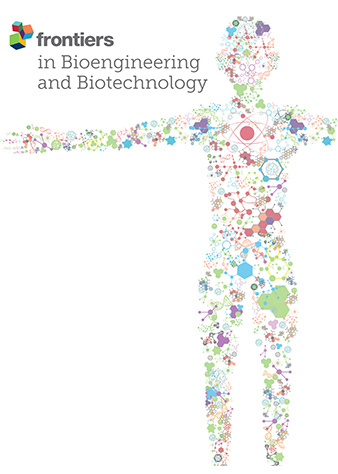种子处理:棉花种子脱绒的可持续替代方法
IF 4.3
3区 工程技术
Q1 BIOTECHNOLOGY & APPLIED MICROBIOLOGY
引用次数: 0
摘要
这篇综述文章深入探讨了棉花的重要方面,强调了棉花作为重要农产品的全球意义。文章全面探讨了棉花的成分,并研究了从种子中去除棉绒的各种方法。本文从传统脱绒方法(包括机械和化学方法)的优缺点方面进行了仔细研究。不过,本综述的主要重点是强调生物脱绒方法的新兴意义。通过利用微生物酶和生物体的力量,生物脱绒方法为高效脱绒提供了一种前景广阔的替代方法。作者讨论了与生物脱绒相关的环境优势,将其定位为一种可持续的解决方案,可减轻传统方法对生态的影响。此外,文章还在可持续发展目标(SDGs)的框架内介绍了这些脱绒方法,并强调了棉花行业采用生态友好型实践以实现可持续发展目标的重要性。通过强调生物脱绒在促进可持续农业和负责任生产方面的潜力,文章倡导棉花行业向更具环保意识的方法转变。总之,文章旨在提供一个关于棉花脱绒方法的全面视角,强调生物替代品在促进棉花产业可持续发展和以目标为导向的未来中的关键作用。本文章由计算机程序翻译,如有差异,请以英文原文为准。
Seed treatment: an alternative and sustainable approach to cotton seed delinting
This review article delves into the vital aspects of cotton, emphasizing its global significance as a crucial agricultural commodity. The paper comprehensively explores the composition of cotton and surveys the diverse methods employed for the removal of cotton lint from seeds. Conventional delinting methods, including mechanical and chemical approaches, are scrutinized in terms of their advantages and drawbacks. However, the primary focus of this review is on highlighting the emerging significance of biological delinting methods. By harnessing the power of microbial enzymes and organisms, biological approaches offer a promising alternative for efficient lint removal. The authors discuss the environmental advantages associated with biological delinting, positioning it as a sustainable solution that mitigates the ecological impact of traditional methods. Furthermore, the article contextualizes these delinting methods within the framework of Sustainable Development Goals (SDGs) and underscores the importance of adopting eco-friendly practices in the cotton industry to align with SDG goals. By accentuating the potential of biological delinting in contributing to sustainable agriculture and responsible production, the review advocates for a paradigm shift towards more environmentally conscious approaches in the cotton sector. Overall, the article aims to provide a comprehensive perspective on cotton delinting methods, emphasizing the pivotal role of biological alternatives in fostering a sustainable and goal-oriented future for the cotton industry.
求助全文
通过发布文献求助,成功后即可免费获取论文全文。
去求助
来源期刊

Frontiers in Bioengineering and Biotechnology
Chemical Engineering-Bioengineering
CiteScore
8.30
自引率
5.30%
发文量
2270
审稿时长
12 weeks
期刊介绍:
The translation of new discoveries in medicine to clinical routine has never been easy. During the second half of the last century, thanks to the progress in chemistry, biochemistry and pharmacology, we have seen the development and the application of a large number of drugs and devices aimed at the treatment of symptoms, blocking unwanted pathways and, in the case of infectious diseases, fighting the micro-organisms responsible. However, we are facing, today, a dramatic change in the therapeutic approach to pathologies and diseases. Indeed, the challenge of the present and the next decade is to fully restore the physiological status of the diseased organism and to completely regenerate tissue and organs when they are so seriously affected that treatments cannot be limited to the repression of symptoms or to the repair of damage. This is being made possible thanks to the major developments made in basic cell and molecular biology, including stem cell science, growth factor delivery, gene isolation and transfection, the advances in bioengineering and nanotechnology, including development of new biomaterials, biofabrication technologies and use of bioreactors, and the big improvements in diagnostic tools and imaging of cells, tissues and organs.
In today`s world, an enhancement of communication between multidisciplinary experts, together with the promotion of joint projects and close collaborations among scientists, engineers, industry people, regulatory agencies and physicians are absolute requirements for the success of any attempt to develop and clinically apply a new biological therapy or an innovative device involving the collective use of biomaterials, cells and/or bioactive molecules. “Frontiers in Bioengineering and Biotechnology” aspires to be a forum for all people involved in the process by bridging the gap too often existing between a discovery in the basic sciences and its clinical application.
 求助内容:
求助内容: 应助结果提醒方式:
应助结果提醒方式:


